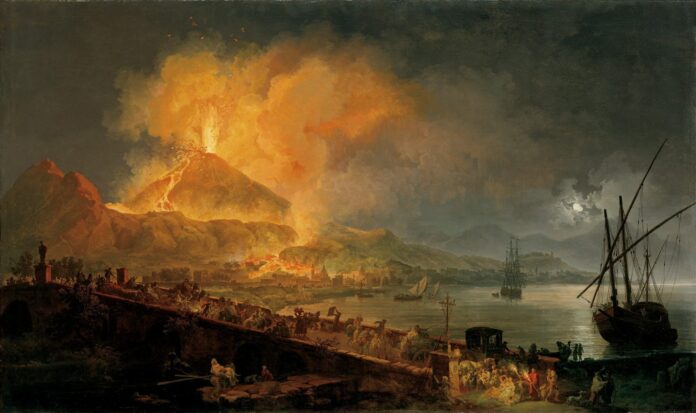When man grows overconfident and full of hubris in his accomplishments and importance, mother nature, or the gods, remind mankind who is really in charge. Or so it may have seemed to the ancients, who witnessed the awesome and raw power of erupting volcanos, and sent out warnings through time in the form of religious lessons, myths, legends and chronicles.
These amazing, violent occurrences were so traumatic and unnatural (or supernatural) to early cultures that since prehistoric times myths and legends have sprung up throughout societies in attempts to explain the events, or protect against them. We explore a few of the more explosive cases here.
Vesuvius – The Destructive Power of Jupiter
Mount Vesuvius had what is probably the most infamous volcanic eruption on August 24, 79 AD. This multiday event was an unmitigated disaster for the Roman cities of Pompeii, Herculaneum, and others.
Notably, the people of Pompeii suffered greatly as the 300 degrees centigrade (572 Fahrenheit) clouds of gas moved down the volcano and seared them alive— when the ash didn’t choke them, or the flying molten rock and debris didn’t crush, pummel or ignite them.
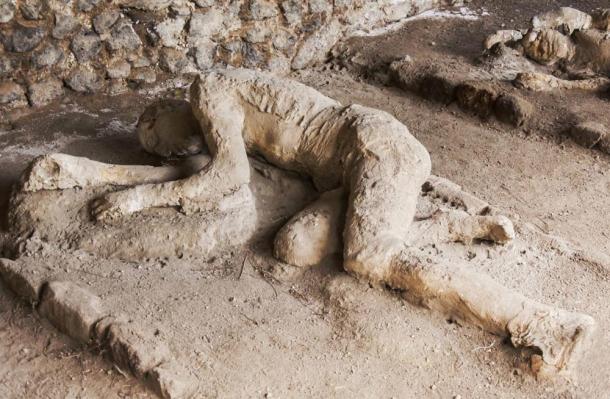

Some of the victims of Pompeii were sitting, some lying when the superhot gas cloud enveloped them. (Bigstock photo)
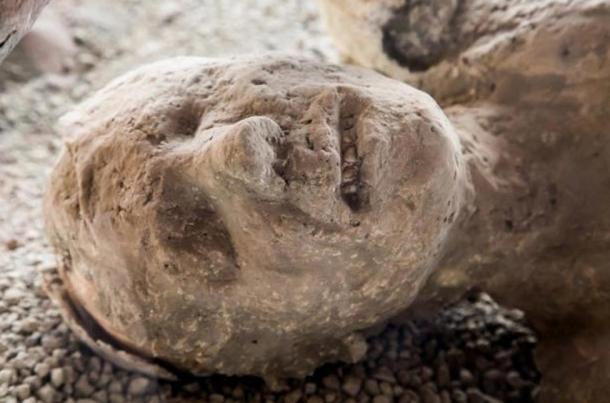

Some of the victims of volcanic gas cloud were clearly in agony (Bigstock photo)
The eruption was a hundred thousand times more thermally energetic than the Hiroshima atomic bombing, and there remains only one surviving witness account to the cataclysm: Pliny the Younger, nephew to ancient historian Pliny the Elder, left behind letters describing the event, and told how his uncle perished in the eruption, as did countless others.
Prior to the eruption of 79 AD, Mount Vesuvius had a long historic and mythical tradition. The mountain was considered a divinity, and was related with serpent imagery, as seen in the preserved frescoes from Pompeii. Vesuvius had connections to the power of Jupiter—god of sky and lightning—and Hercules. During his labors, legend had Hercules passing through the “plain of fire”, “from a hill which anciently vomited out fire … now called Vesuvius.” It was said to be inhabited by giants (which might explain loud noises, rumbling, or spewing debris). It is not known for certain if Herculaneum was named after the divine hero, but certainly the Romans regarded Mount Vesuvius as being devoted to the demigod.
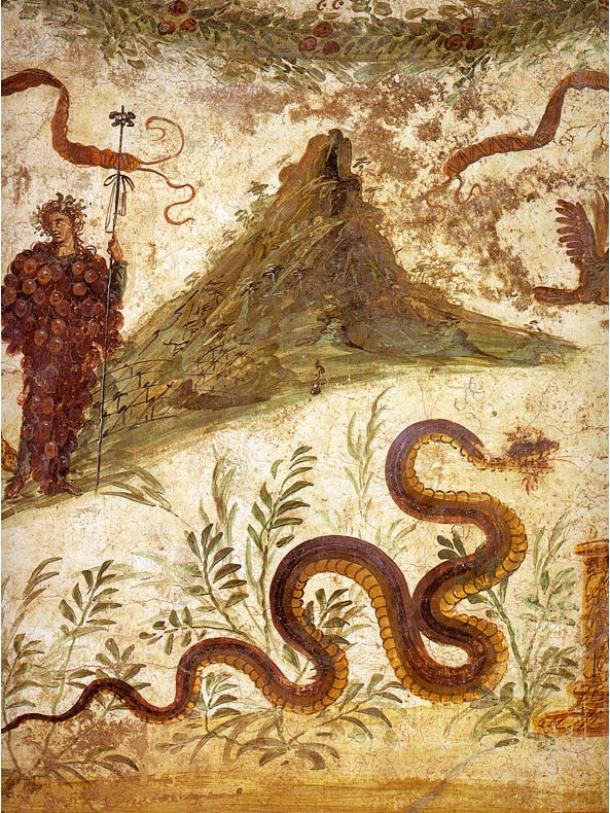

Fresco of Bacchus and Agathodaemon with Mount Vesuvius, as seen in Pompeii’s House of the Centenary. Note the serpent imagery. (Public Domain)
Thera – Origin of Atlantis?
The island of Santorini in the Greek Cyclades was once known as Thera. Thera was also the name given to the volcano which violently erupted in the middle Bronze Age and engulfed the sophisticated urban center of Akrotiri between 1650 and 1550 BCE. Scholars do not have a precise date for the eruption, and we only know of Akrotiri due to its amazing state of preservation beneath the blanket of ash. This important settlement was rediscovered as recently as 1967. How Atrotiri and Pompeii differ is that when archaeologists cleared the rubble of the Akrotiri, no human remains were found—only the exceptionally preserved remnants of an ancient trading center frozen in time. Clearly the people of Akrotiri had advanced warning enough to evacuate, leaving few possessions behind.
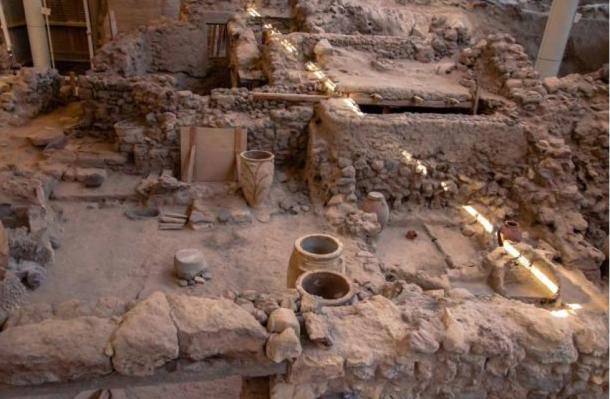

Remarkably preserved artifacts are revealed from the ruins of ancient Akrotiri, Greece. Source: BigStockPhoto
The myths of both Theseus and the Minotaur, and Jason and the Argonauts have connections to Thera. The Minotaur’s defeat at the hands of Theseus is said to reflect the fall of the Minoan empire, and Jason on his voyages faced an indestructible island guarding, Talos. Talos could grow very hot, throw rocks at ships, and once slain he leaked vital fluids – does this allude to a hot, violent volcano?
But the most compelling myth connected to Thera is that of Atlantis. Some researchers propose that Santorini might have been the location of the legendary island that sank into the sea. The riches and sophistication of Bronze Age Akrotiri certainly disappeared suddenly and without a trace.
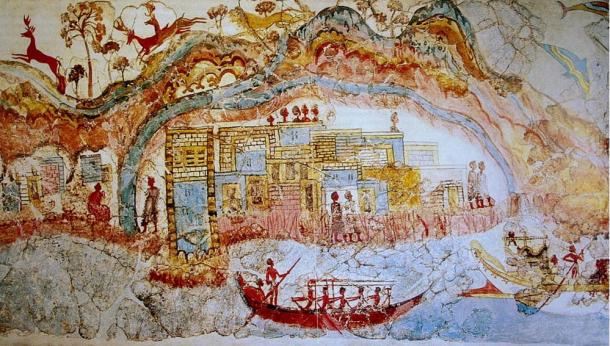

Elaborate and colorful fresco revealed at Akrotiri. (Public Domain)
- Frozen in Time: Casts of Pompeii Reveal Last Moments of Volcano Victims
- The precious remains of Akrotiri, an ancient city obliterated in the great eruption of Thera
Article was republished by permission of Ancient Origins.
Read full article : Ancient Origins
Best Regards
TBU NEWS

